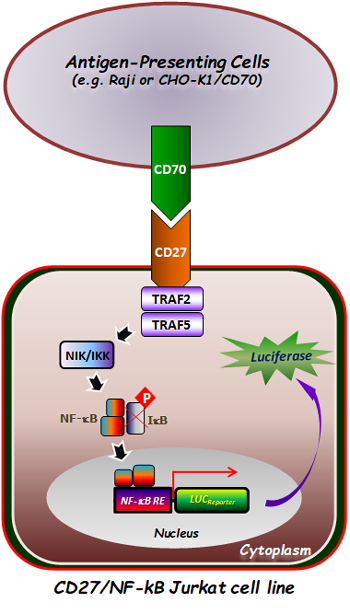Mouse PDGF-C / SCDGF Recombinant Protein (Fc Tag)(Discontinued)
Shipping Info:
For estimated delivery dates, please contact us at [email protected]
| Amount : | 20 µg |
| Purification : | > 80 % as determined by SDS-PAGE |
| Content : | Formulation Lyophilized from sterile PBS, pH 7.4 Normally 5 % - 8 % trehalose, mannitol and 0.01% Tween80 are added as protectants before lyophilization. |
| Storage condition : | Store it under sterile conditions at -20°C to -80°C. It is recommended that the protein be aliquoted for optimal storage. Avoid repeated freeze-thaw cycles. |
| AA sequence : | Val235-Gly345 |
| Alternative Name : | 1110064L01Rik Protein, Mouse; AI647969 Protein, Mouse; PDGF-C Protein, Mouse |
PDGF-C is a member of the PDGF/VEGF family of growth factors with a unique domain organization and expression pattern. Platelet-derived growth factor receptors (PDGFRs) are catalytic receptors that have intracellular tyrosine kinase activity. They have roles in the regulation of many biological processes including embryonic development, angiogenesis, cell proliferation and differentiation, and contribute to the pathophysiology of some diseases, including cancer. There are two isoforms of the PDGFR receptor; PDGFRalpha and PDGFRbeta, which can form homo- or heterodimers. The endogenous PDGFR ligands are PDGF-A, -B, -C and -D, which induce receptor dimerization and transphosphorylation at specific tyrosine residues upon binding. This activates the intracellular kinase activity, initiating intracellular signaling through the MAPK, PI 3-K and PKCgamma pathways. PDGF-C acts as a specific ligand for alpha platelet-derived growth factor receptor homodimer, and alpha and beta heterodimer. Binding of this growth factor to its affinity receptor elicits a variety of cellular responses. PDGF-C Appears to be involved in the three stages of wound healing: inflammation, proliferation and remodeling. Involved in fibrotic processes, in which transformation of interstitial fibroblasts into myofibroblasts plus collagen deposition occurs.
1. Measured by its binding ability in a functional ELISA. 2. Immobilized mouse PDGF-C at 10 µg/mL (100 µL/well) can bind human PDGFRA, The EC50 of human PDGFRA is 0.71 µg/mL. 3. Measured in a cell proliferation assay using Balb/3T3 mouse embryonic fibroblast cells. The ED50 for this effect is typically 0.5-2 µg/mL.
Endotoxin :< 1.0 EU per µg of the protein as determined by the LAL method.
Other pack size also available.
For Research Use Only. Not for use in diagnostic/therapeutics procedures.
|
There are currently no product reviews
|














.png)









